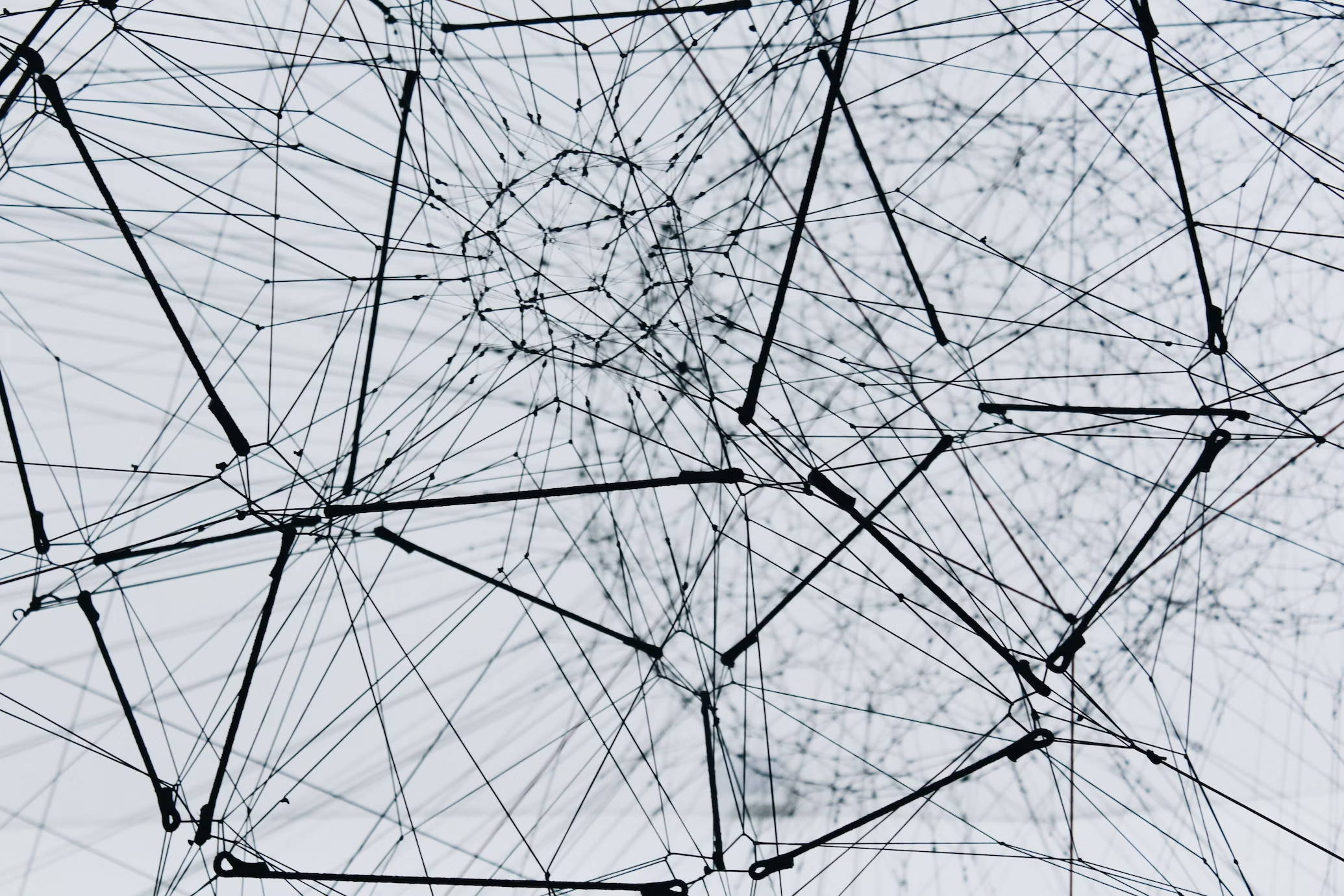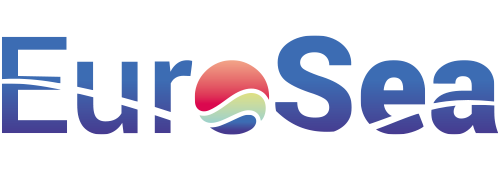
Description
The establishment of the EOOS Oceans Committee (OC) marked a transformative phase in the coordination of global ocean observing systems within Europe. This concerted effort facilitated a symbiotic relationship between national, regional, and global ocean observing initiatives, ensuring streamlined processes and harmonized strategies. One of its hallmark achievements was the EOOS OC survey, which garnered recognition from the European Commission (EC) for its comprehensive insights, establishing the OC’s credentials in the domain.
Impact During the Project
Enhanced Coordination:
The inception of the EOOS OC played a pivotal role in bolstering the coordination of global observing systems with national and regional entities. This orchestrated approach was emblematic of streamlining processes and ensuring harmony across different scales of observation.
Uptake by EC:
The European Commission recognized and utilized the outcomes of the OC survey, validating its significance and accuracy.
Specific Measures include:
The number of GOOS NFP involved in the OC relative to the total. The frequency of OC meetings which exemplifies the regularity of coordination and discussions. The output of joint studies or reports which is indicative of collaborative efforts. The emergence of trans-national endeavours, such as the formulation of work plans or strategies. Direct feedback received from DG MARE concerning the applicability and value of the EOOS OC survey report, which offers a metric on its immediate utility.
Impact Post Project
Continued Support: The setup of EOOS OC instilled confidence in the EOOS framework, leading to its sustained backing.
Measure: The stability of forward funding, which is earmarked for the EOOS, establishes it as a mainstay coordination structure. This financial stability is indicative of the trust and value placed on the EOOS OC.
Community Involvement: The outcomes of the OC survey were not only acknowledged by the EC but also stimulated interest among community members, prompting them to consider joining the EOOS OC.
Advancement over and above State of the Art
The establishment of the EOOS OC heralded a paradigm shift in the orchestration of European marine observation systems. Prior to its inception, there may have been disparate efforts, but the EOOS OC crystallized these endeavours into a cohesive structure.
Enhanced Coordination: The synergies formed by activating the European GOOS NFP and determining OC joint ventures represent a more streamlined and harmonized approach to marine observation than prior isolated efforts.
Community Recognition: The uptake of survey results by authoritative entities like the European Commission and the feedback from DG MARE reinforce the relevance and quality of the OC’s endeavours. Furthermore, the inclination of community members to affiliate with the EOOS OC reflects its growing prominence and trustworthiness.
Sustainability and Continuation: The forward funding stability underlines the crucial role of EOOS as an essential coordination structure in European marine observations, ensuring its longevity and continued impact.
In summary, the institution of the EOOS OC and its subsequent activities have pushed the boundaries and set new benchmarks in the domain of marine observation, notably advancing beyond the existing state of the art.
Links and References
Link to D1.8 – Final Report of EOOS Implementation Plan: Due at the end of the project
